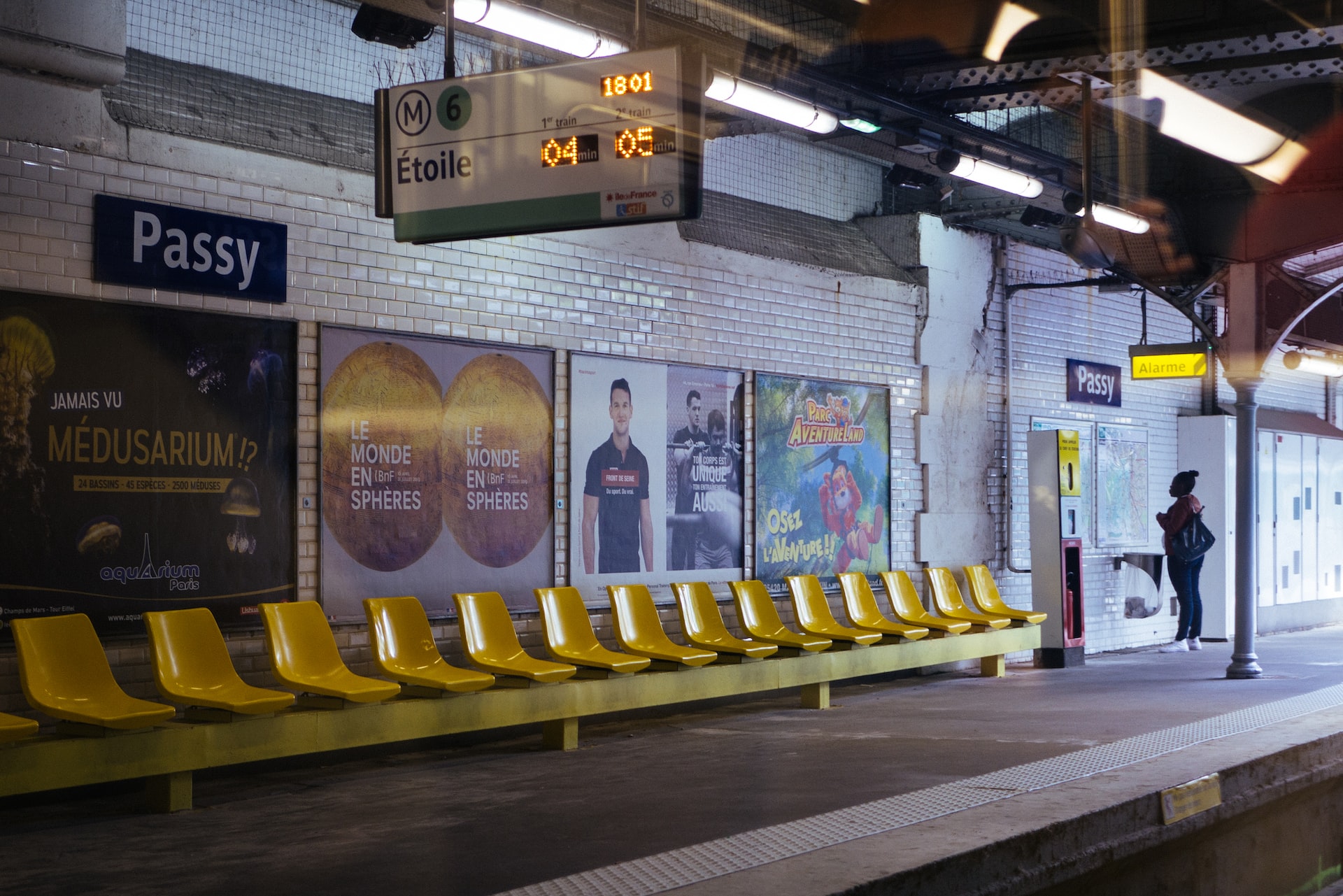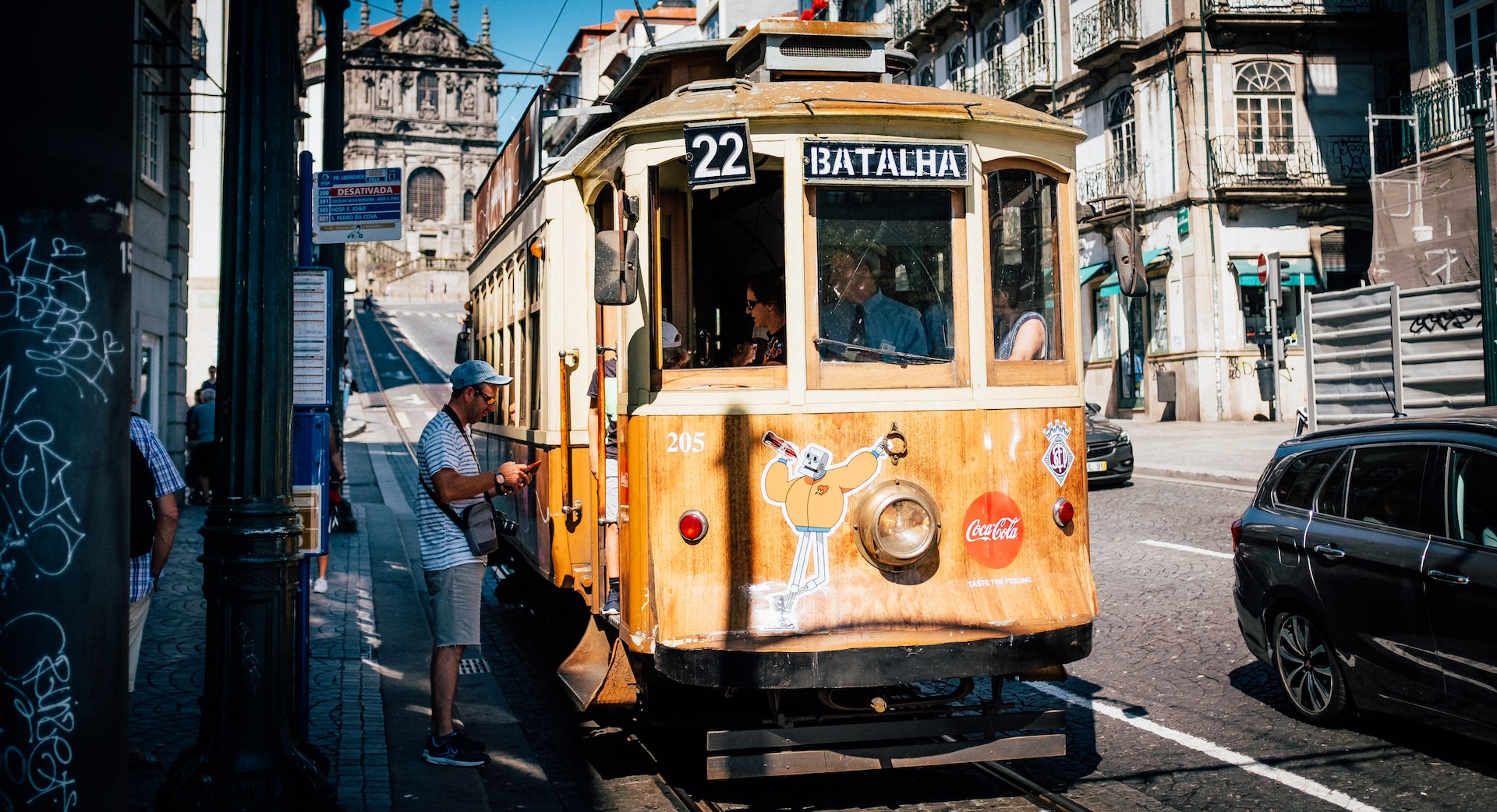Transportation in Phoenix is a vital aspect of life in the city, as it allows residents and visitors to easily navigate the sprawling metropolis and access all the amenities it has to offer. In this article, we will delve into the various transportation options available in Phoenix, including how to get to the city from surrounding major cities, the ease and cost of moving around within the city, and the safety of these transportation methods.
To begin, let’s take a look at how to get to Phoenix from other major cities in the country. The city is served by Phoenix Sky Harbor International Airport, which is one of the busiest airports in the country and offers nonstop flights to destinations all over the world. Additionally, there are several major highways that connect Phoenix to other cities in the region, such as I-10, I-17, and US 60. For those looking to travel by train, Amtrak’s Sunset Limited and Texas Eagle lines both stop at the Phoenix Amtrak Station.
Once in the city, there are a variety of options for moving around. For those who prefer to drive, Phoenix has a comprehensive network of freeways and surface streets, making it relatively easy to get around by car. However, traffic can be heavy during rush hour, so it’s important to plan ahead and allow extra time for travel during these times. Public transportation is also available in the form of the Valley Metro bus and light rail system. This system is extensive and can take you to most parts of the city, but it can be difficult to navigate for visitors and it can be quite time-consuming to travel around the city by bus. Taxis and ride-sharing services like Uber and Lyft are also available, but they can be more expensive than other options.
When it comes to the ease and cost of transportation in Phoenix, it largely depends on the individual’s personal preferences and needs. Driving a car can be convenient, but it can also be expensive with the cost of gas, insurance, and maintenance. Public transportation is generally less expensive, but it can be less convenient and take longer to get to your destination. Taxis and ride-sharing services are generally more expensive but also more convenient.
Finally, when it comes to the safety of transportation in Phoenix, the city is generally considered to be safe. The city’s crime rate is lower than the national average, and the public transportation system is generally considered to be safe as well. However, as with any major city, it is always a good idea to be aware of your surroundings and take precautions to protect yourself and your belongings when using public transportation or hailing a taxi or ride-sharing service.
In conclusion, transportation in Phoenix offers a variety of options to suit different needs and preferences. Whether you prefer to drive, take public transportation, or use a ride-sharing service, the city has something to offer. With its extensive network of freeways and surface streets, public transportation system, and various transportation options like Uber, Lyft, and Taxis, getting around Phoenix is relatively easy and safe. However, it’s important to be aware of traffic and safety concerns and to plan accordingly.



